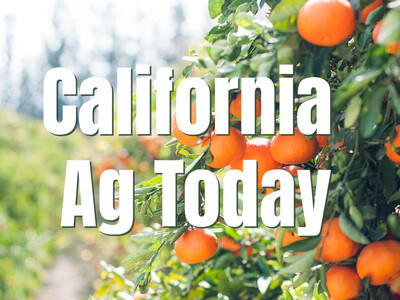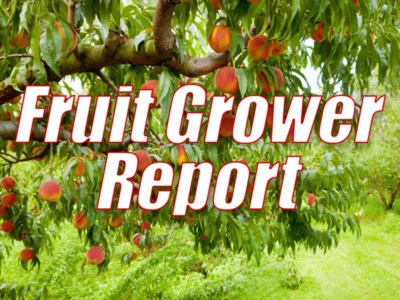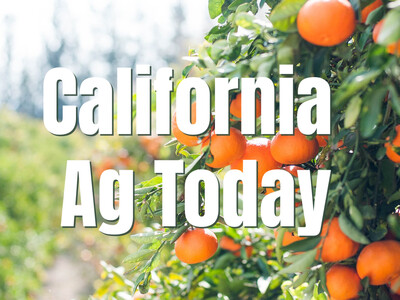Ag and 2023
Potatoes are Idaho’s top crop in terms of total revenue and rank as the state’s No. 3 agricultural commodity, behind dairy and cattle and calves. Ranking Nos. 4-7 are hay, wheat, sugar beets and barley.The AgWest report suggests profitable returns this year for cow-calf producers.
“The U.S. beef cow herd is at a record low, resulting in higher cattle and beef prices,” the report states. “National beef supplies will remain low until at least 2025, and producers can expect elevated feeder cattle prices.”
“Higher fed cattle prices and sizeable export volumes will create tailwinds for producers’ profitability,” the report adds.
The AgWest report is also forecasting profitable returns for small grains, which include wheat and barley.
USDA’s National Agricultural Statistics Service estimates Idaho wheat acres will total 1.2 million in 2023, up 3 percent from last year, and Idaho farmers will plant 590,000 acres of barley, up 5 percent from 2022.
The report notes that overall national farm production expenses increased by 18 percent in 2022, the largest annual increase on record.
While fertilizer and fuel prices have declined from record highs last year, those decreases “are outpaced by inflation and increases to all other expense categories.”
“Small grain producers are in a solid financial position and while wheat prices are expected to be down from 2022 record highs, prices are still profitable,” the AgWest report states. “The key to determining how much profit wheat producers make [this year] will be their ability to manage production costs.”
North Idaho farmer Bill Flory said the cost of production for wheat farmers in his region is currently in the mid to high $5 per hundredweight range.
“That cost structure hasn’t adjusted with the change in commodity prices,” he said. “I’m definitely concerned about the drop in prices.”
“I’m a little bit concerned about the cost structure,” he added. “It’s not going to be quite as easy as it was last year when it comes to our cost of production vs. grain prices.”
Ag West’s outlook expects slightly profitable returns for alfalfa hay producers in the Northwest this year and break-even returns for timothy hay producers.
NASS forecasts that Idaho hay acres will total 1.37 million this year, down 3 percent from last year.
The AgWest report says Idaho dairies are operating with limited hay inventory, expecting more affordable hay prices with the new crop.
“With dairies carefully managing all expenses, hay growers can expect continued hesitancy from dairies when purchasing hay,” the report states … “Hay prices will soften from 2022 records, and the spread between feeder and dairy quality hay prices – which narrowed in 2022 – will widen.”
“Softening hay prices and historically high production costs challenges hay growers’ profitability, but most are still expected to make decent money [this year],” the AgWest report adds … “However, timothy hay growers may face lower prices due to built-up inventories and weakening trade demand, which will pressure prices and profits.”
The AgWest forecast expects slightly profitable returns for sugar beet farmers.
NASS estimates sugar beet acres in Idaho will total 175,000 in 2023, up 1 percent from 2022.
“Improvements in moisture conditions from snowpack will benefit sugar beet production,” the AgWest report states. However, it adds, “High production costs will squeeze beet growers’ cash flow.”
The report notes the sugar market depends heavily on marketable prices and higher domestic sugar prices will support producer payments.
“The domestic sugar price outlook is bullish as anticipated reductions in sugar beet and cane acres [nationwide] will limit supplies, therefore supporting higher prices,” the report states.













